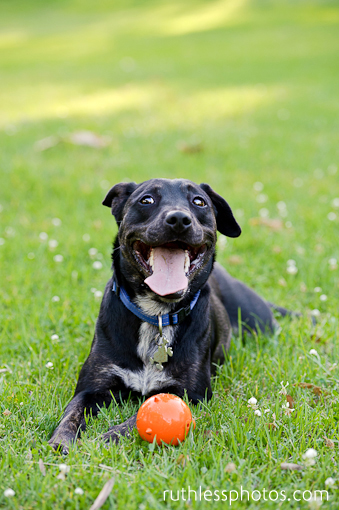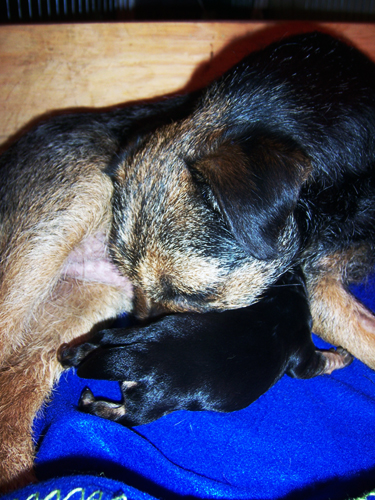Television is Good for Puppies
![]() Not only do puppies respond to television, but watching the tube may have a positive role in their development.
Not only do puppies respond to television, but watching the tube may have a positive role in their development.
Researchers conducted controlled studies which exposed puppies to video images between 3 and 5 weeks of age. This was based on the principle we commonly call ‘socialisation‘ – that exposure to stimuli in puppyhood (particularly from about 3 weeks until 12-14 weeks) creates adult dogs that are less fearful and less anxious, and so impacts upon the temperament and coping style of the dog. The authors said, “puppies that are not exposed to particular kinds of environmental stimuli during this period have an increased likelihood of developing a fearful response to those stimuli, which may present clinically either as inappropriate avoidance behaviour, fearful withdrawal, or fear-related aggression”.
Because puppies at 3-5 weeks show no sign of fear when approaching objects, but start to have fearful responses at 5 weeks, and most puppies will display fear often as 7 week olds, it was theorised that exposing puppies to stimuli at 3-5 weeks may help shape future behaviour in a positive way.
Particularly, these researchers considered that puppies raised in sterile kennel environments (i.e. Dunbar’s ‘lemon puppies’) could be bettered though audiovisual stimulation. In other words, television as a remedy to the sub-standard socialisation in kennels.
In this experiment, puppies were raised in a ‘commercial’ establishment in a barren pen, with two meals a day, housed with mum.
The experiment used 7.16 minutes of video were 50% ‘animate’ (people, dogs, etc) and 50% ‘inanimate’ (such as traffic, vacuum cleaner, etc). The television was played as ‘normal’ – not loud and not with modification to the colour composition of the screen.





